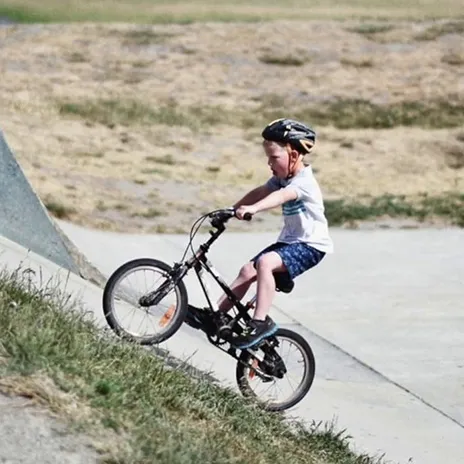
- Afrikaans
- Albanian
- Amharic
- Arabic
- Armenian
- Azerbaijani
- Basque
- Belarusian
- Bengali
- Bosnian
- Bulgarian
- Catalan
- Cebuano
- Corsican
- Croatian
- Czech
- Danish
- Dutch
- English
- Esperanto
- Estonian
- Finnish
- French
- Frisian
- Galician
- Georgian
- German
- Greek
- Gujarati
- Haitian Creole
- hausa
- hawaiian
- Hebrew
- Hindi
- Miao
- Hungarian
- Icelandic
- igbo
- Indonesian
- irish
- Italian
- Japanese
- Javanese
- Kannada
- kazakh
- Khmer
- Rwandese
- Korean
- Kurdish
- Kyrgyz
- Lao
- Latin
- Latvian
- Lithuanian
- Luxembourgish
- Macedonian
- Malgashi
- Malay
- Malayalam
- Maltese
- Maori
- Marathi
- Mongolian
- Myanmar
- Nepali
- Norwegian
- Norwegian
- Occitan
- Pashto
- Persian
- Polish
- Portuguese
- Punjabi
- Romanian
- Russian
- Samoan
- Scottish Gaelic
- Serbian
- Sesotho
- Shona
- Sindhi
- Sinhala
- Slovak
- Slovenian
- Somali
- Spanish
- Sundanese
- Swahili
- Swedish
- Tagalog
- Tajik
- Tamil
- Tatar
- Telugu
- Thai
- Turkish
- Turkmen
- Ukrainian
- Urdu
- Uighur
- Uzbek
- Vietnamese
- Welsh
- Bantu
- Yiddish
- Yoruba
- Zulu
Nov . 15, 2024 14:33 Back to list
derailleur on mountain bike
Understanding the Role of Derailleurs on Mountain Bikes
When it comes to mountain biking, enthusiasts often discuss tire durability, frame materials, and suspension systems. However, one crucial component that significantly influences performance and riding experience is the derailleur. This essential mechanism is integral to the bike's gear shifting system, allowing riders to navigate varying terrains efficiently.
What is a Derailleur?
A derailleur is a mechanical device used to change gears on a bicycle. Specifically, it moves the chain from one sprocket to another, enabling a rider to select the appropriate gear for different riding conditions. On mountain bikes, derailleurs are typically located in the front and rear, controlling the chain's position on the various chainrings and cogs. The rear derailleur handles shifts between the rear gears, while the front derailleur manages shifts between the front chainrings.
Importance of Derailleurs in Mountain Biking
Mountain biking often involves tackling steep climbs, technical descents, and rugged trails. The adaptability provided by a derailleur is invaluable in these situations. When riding uphill, for instance, a rider may need to shift to a lower gear to maintain a steady cadence without exhausting themselves. Conversely, during descents, a higher gear can help achieve greater speed and control. The efficient operation of derailleurs allows cyclists to make these transitions swiftly, which can be the difference between conquering a challenging trail or coming to a standstill.
Types of Derailleurs
derailleur on mountain bike

There are primarily two types of derailleurs mechanical and electronic. Mechanical derailleurs are more common and use cable tension to operate. Shifting gears requires manual input through the handlebars. They are usually lighter and simpler, making them a popular choice for many mountain bike enthusiasts.
On the other hand, electronic derailleurs, such as Shimano's Di2 or SRAM's eTap systems, utilize battery-powered motors for shifting. These systems offer precise and quick shifts, reducing the risk of chain misalignment. While they tend to be heavier and more expensive, the convenience and reliability they provide in demanding conditions often make them worth the investment.
Maintenance and Care
To ensure optimal performance of a derailleur, regular maintenance is necessary. This includes checking and adjusting the derailleur alignment, lubricating moving parts, and ensuring that the cables and housing are in good condition. A well-maintained derailleur not only improves shift quality but also prolongs the lifespan of the drivetrain components, such as the chain and gears.
Conclusion
In the world of mountain biking, the derailleur plays a pivotal role in enhancing the overall riding experience. Its ability to facilitate quick and efficient gear changes allows riders to tackle varying terrains with confidence. Whether you opt for a mechanical or electronic system, understanding how the derailleur works and maintaining it properly can significantly impact your performance on the trails. So, the next time you gear up for a ride, take a moment to appreciate the intricate mechanisms that enable you to conquer the great outdoors.
-
The Ultimate Kids' Four-Wheeler Experience
NewsJul.09,2025
-
The Ultimate Guide to Mountain Bikes: Gear Up for Your Ride
NewsJul.09,2025
-
The New Age of Cycling: Electric Bikes for Every Rider
NewsJul.09,2025
-
The Best Kids Bicycles: Ride in Style and Safety
NewsJul.09,2025
-
The Best 3-Wheel Scooters for Kids: Fun, Safety, and Adventure
NewsJul.09,2025
-
Revolutionize Your Ride: Affordable Electric Bikes
NewsJul.09,2025
-
Finding the Perfect Mountain Bike for Every Rider
NewsJul.09,2025



